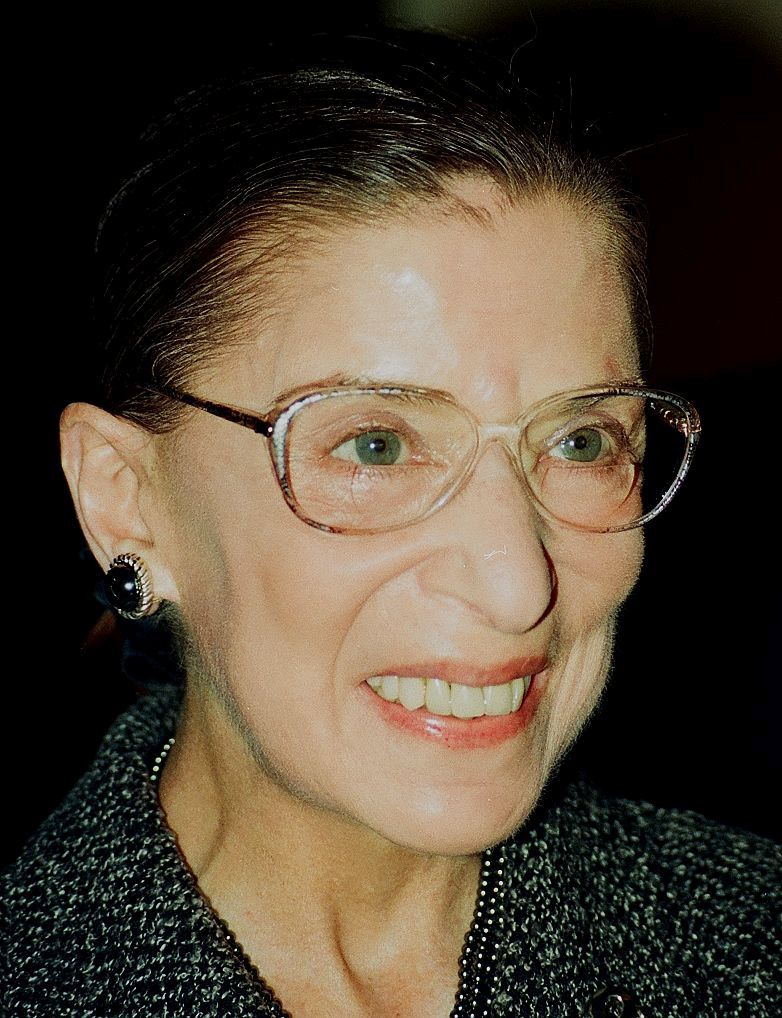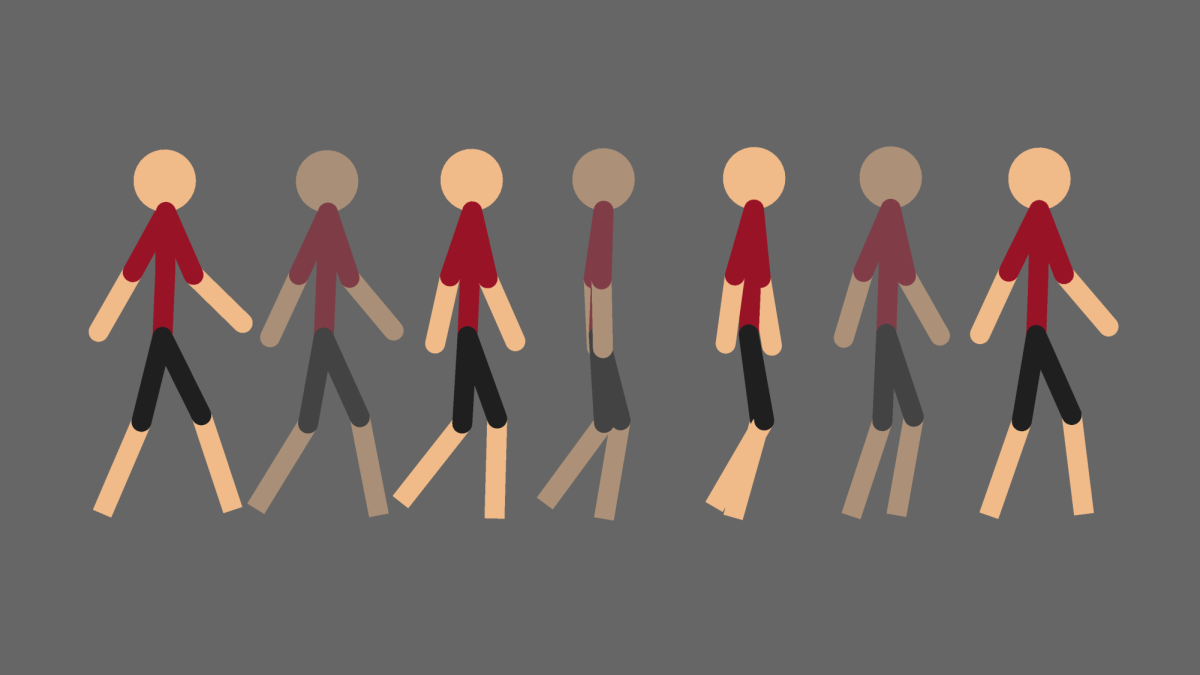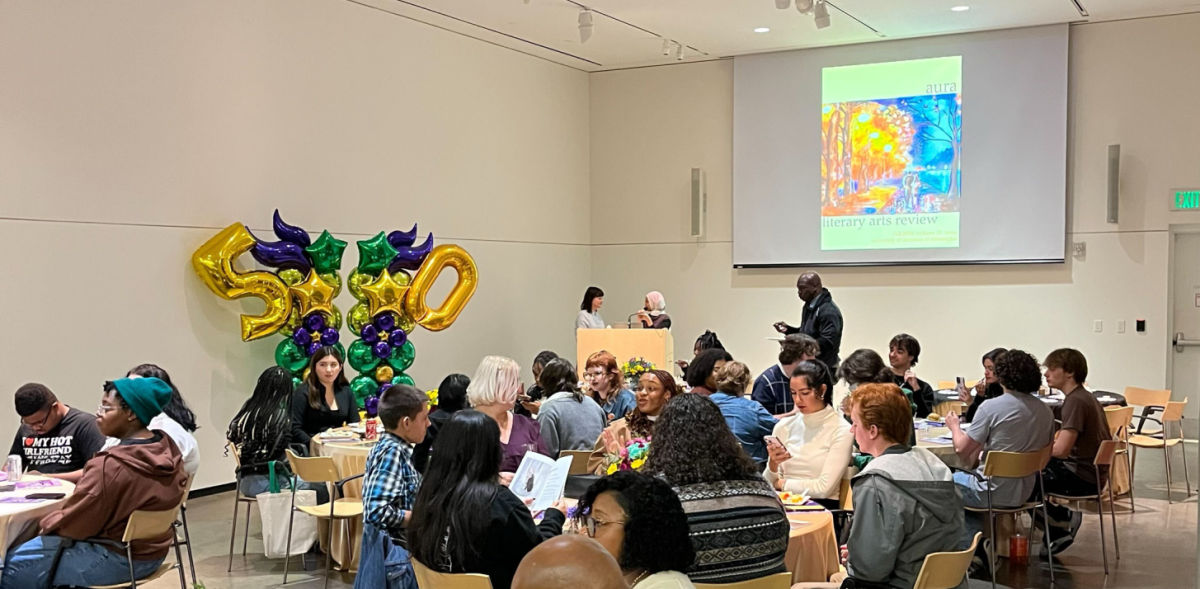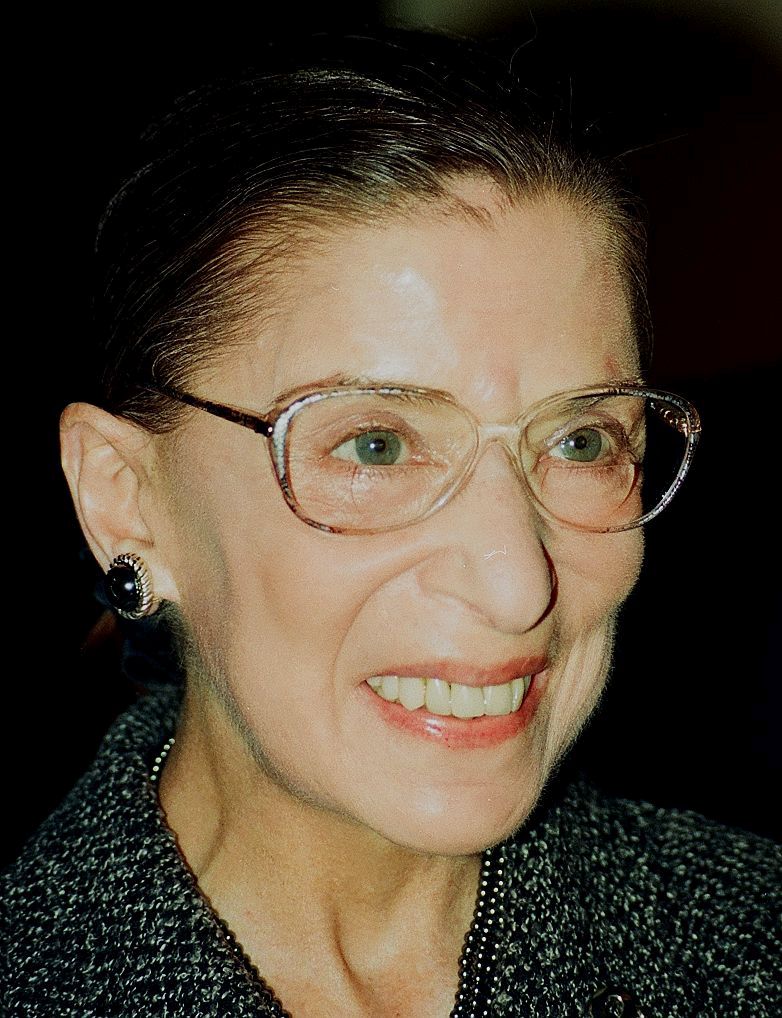On Friday evening, September 18th, 2020, Supreme Court Justice Joan Ruth Bader Ginsburg succumbed to the myriad difficulties of pancreatic cancer at the age of 87. While posterity will certainly refer to her death in some banal manner linked to the chaotic political climate of our time, today we honor the human behind the history. There will be a need to consider the figure of Justice Ginsburg and the gravity of her absence, but that can wait. For now, she is deserving of remembrance for the woman she was and by the impact of her actions.
Joan Ruth was born in New York in 1933, just thirteen years after the adoption of the 19th amendment, the protection of a woman’s right to vote. Her formal education began at Cornell University, graduating with a bachelors in government in 1954, the top woman of her class. In 1956, just a year after giving birth to her first daughter, Ginsburg enrolled at Harvard Law, one in a cadre of nine females in a class of over 500 according to Wayback Machine. When her husband was relocated after being drafted, she transferred to Columbia to finish her Law Degree in 1959, tying for first in her class. After a lifetime of work, one would be hard pressed to attain the achievements contained in just the paragraph above, and one could be proud of having accomplished nothing else. But there is much more to be said about the life of this remarkable woman.

In her time as a law professor at both Rutgers and Columbia, having been forced to hide her pregnancy while employed for fear of discrimination, her experiences as a woman in a male-dominated field compelled her to right what she knew to be wrong. Ginsburg turned her attention to laws that rendered the conditions of men and women inequitable. She worked with the American Civil Liberties Union (ACLU) and helped to create the Women’s Rights Project. Throughout her time as general counsel for the Women’s Rights Project, she argued hundreds of gender discrimination cases, defending both men and women as discrimination is a plight to which none are immune.
The very concept of gender discrimination as a legal classification is a direct result of the efforts of Ginsburg and her team in the case argued before the Supreme Court, Craig v. Boren 1976. In 1980 Professor Ginsburg became Judge Ginsburg with her appointment to the Court of Appeals for the District of Colombia. In 1993, she became Justice Ginsburg with her appointment to the highest court in the land, the Supreme Court. Justice Ginsburg’s life and works cannot be encompassed in so few words, but these few words may cultivate your desires to seek out her works and hear her words for yourself. In the future, it may be said that Joan Ruth Bader Ginsburg’s memory was overshadowed or tarnished by the drama over her seat’s vacancy; I hold the opposite sentiment. There are few people held in such regard that their death can be considered as equally impactful as their life. There are none better suited to assume that mantle than the illustrious Justice Ginsburg.






































